
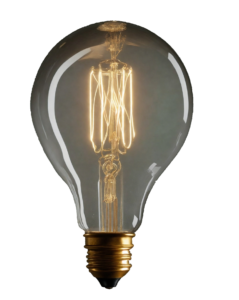





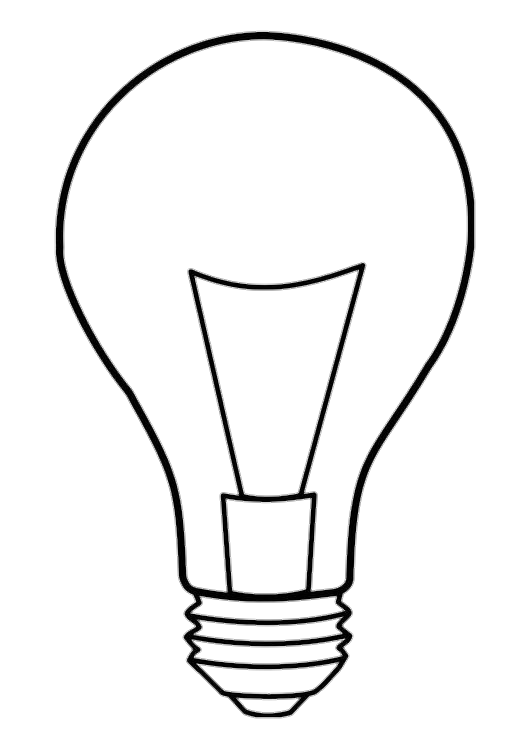






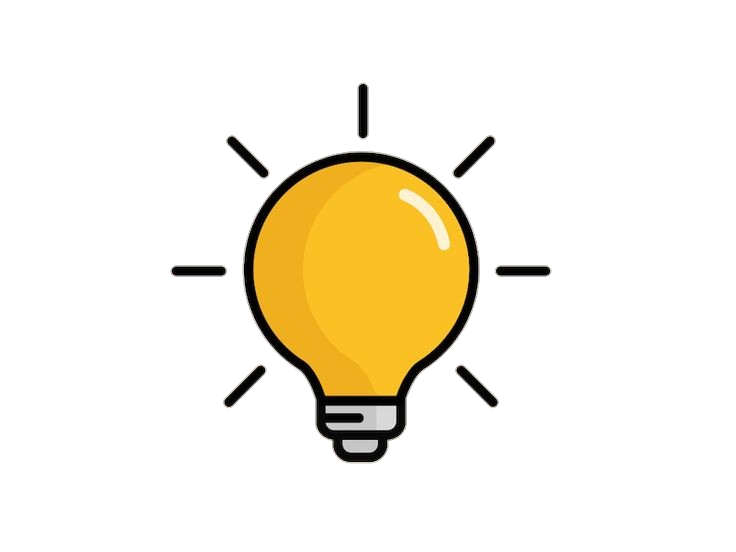



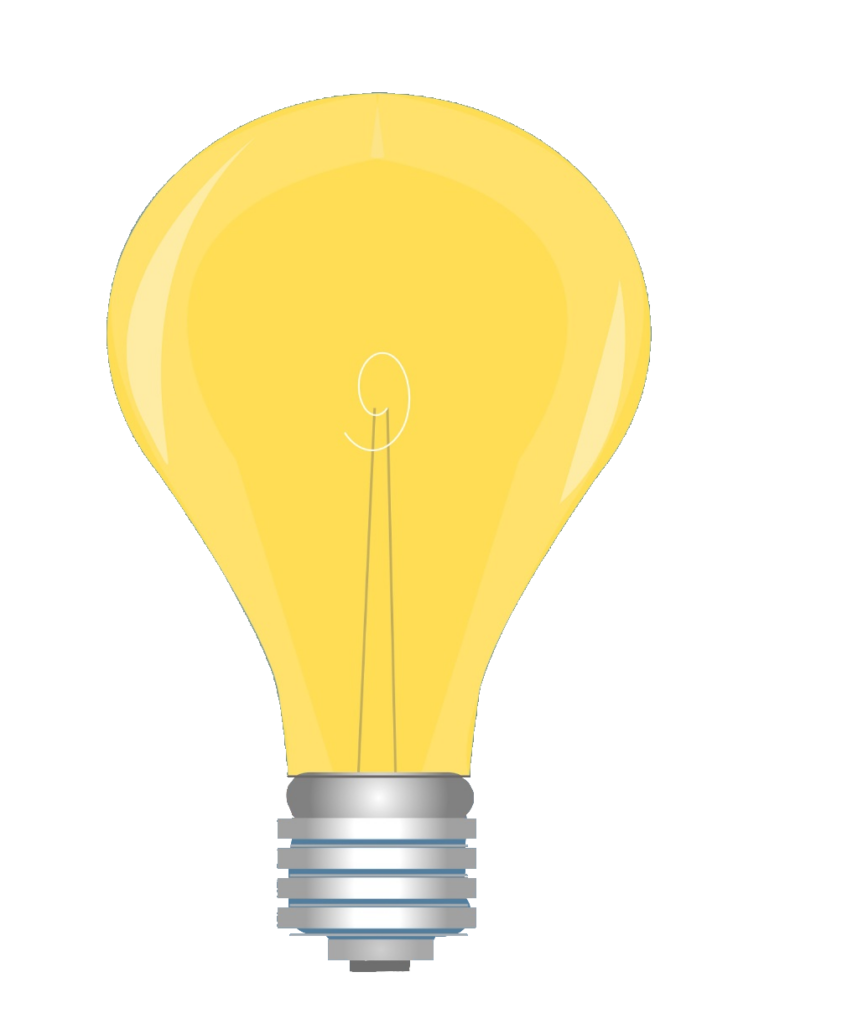
The invention of the light bulb symbolizes human innovation and progress, transforming how we live, work, and interact with the world around us. Over the centuries, this humble device has evolved remarkably, becoming an indispensable part of modern life.
The history of the light bulb is a testament to human perseverance and the unceasing desire to conquer darkness. While Thomas Edison is often credited with the invention of the incandescent light bulb in 1879, it is essential to acknowledge the contributions of several inventors who paved the way. Sir Humphry Davy’s creation of the arc lamp in the early 19th century, Alessandro Volta’s development of the first electrochemical cell, and Warren de la Rue’s work with incandescent materials all played pivotal roles in the result of electric lighting.
Thomas Edison’s breakthrough, however, revolutionized the field. His incandescent bulb used a filament made of carbonized bamboo, which glowed when an electric current passed through it, providing a practical and long-lasting source of artificial light. Edison’s efforts also extended to creating an electrical distribution system, thus making electric lighting accessible to a broader audience.
The journey of the light bulb did not stop with Edison’s incandescent version. Over the decades, researchers and inventors continually sought efficiency, durability, and environmental impact improvements. One notable development was the invention of the fluorescent lamp by Peter Cooper Hewitt in 1901. This innovation was followed by the introduction of the compact fluorescent light (CFL) in the 1980s, which significantly reduced energy consumption compared to incandescent light.
However, the most transformative leap came with the invention of the light-emitting diode (LED) in the 1960s. Nick Holonyak Jr. is credited with creating the first practical LED, which emits light when an electric current passes through a semiconductor material. LEDs are highly energy-efficient, long-lasting, and versatile, finding applications in everything from home lighting to electronic displays and traffic signals. They have also significantly contributed to sustainability by reducing energy consumption and greenhouse gas emissions.
The light bulb’s impact on society is immeasurable. It has transformed how we live, work, and enjoy leisure time. Introducing electric lighting revolutionized industries, enabling extended working hours and improving productivity. It changed cities, allowing for a vibrant nightlife and safer streets. Moreover, it enhanced the quality of life in countless ways, from reading and education to entertainment and healthcare.
The environmental impact of the light bulb has evolved. Traditional incandescent bulbs were highly inefficient, wasting a significant portion of energy as heat. This inefficiency led to development of more energy-efficient alternatives like CFLs and LEDs, contributing to energy savings and reduced greenhouse gas emissions. The global shift towards LED lighting has played a crucial role in energy conservation and the fight against climate change.
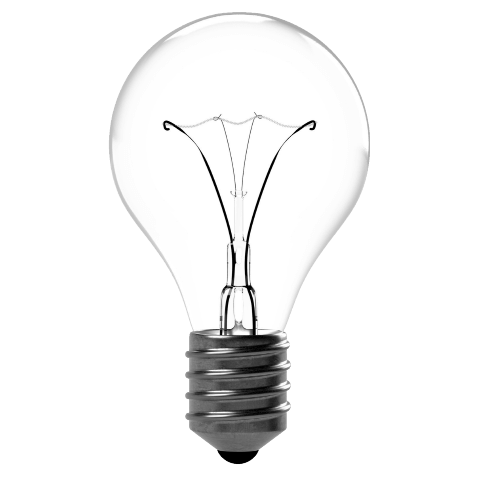





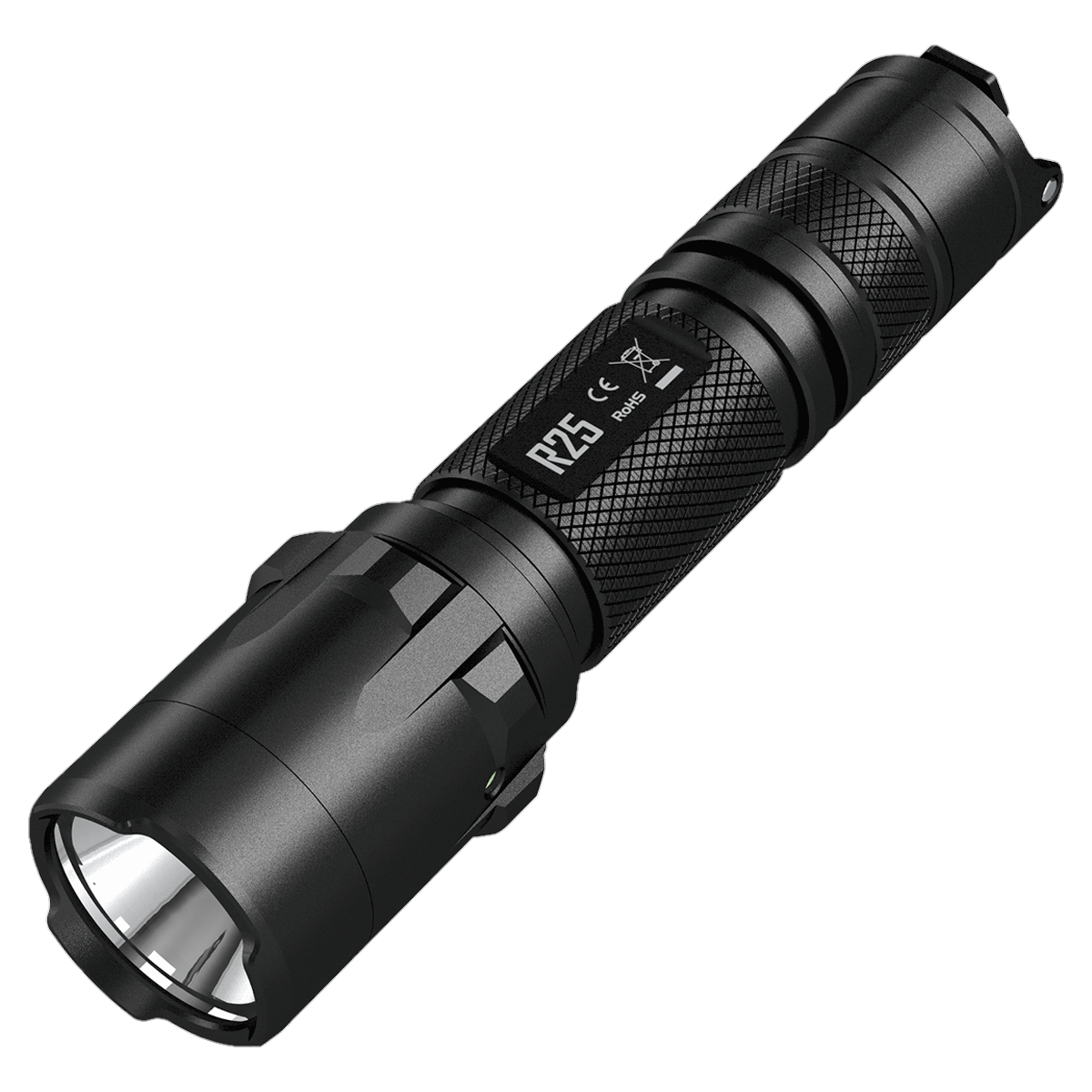
Leave a Comment
Instagram